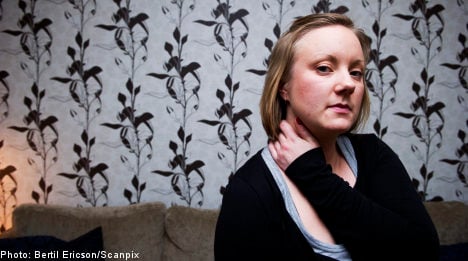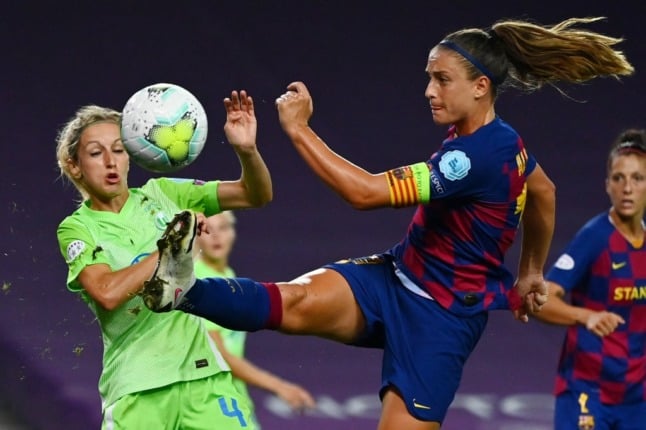For men, preventative measures reduce the chance of whiplash by 60 percent, while helping only 45 percent of women escape injury. The study covers around 11,000 cases of whiplash that have been reported to insurance company Folksam between 1995 and 2007. The report also looks at 21,000 accidents reported to police during the same period where the drivers had been hit from behind.
“We knew before that woman are at greater risk (of injury), but this further widens the gap. Car manufacturers must take this seriously,” Anders Kullgren, head of traffic research at Folksam, told TT news agency.
Anatomical differences in the spine, variations in muscle mass, or sitting positions might explain why women are more susceptible to whiplash.
Findings from the new study will be used in an EU-financed project that will investigate in more depth the exact differences. In addition, the project aims to develop a crash test dummy with female characteristics.
“Tests should always begin with the most injury-prone group, in this case, women. But since the 1970s, when the first crash test dummies were used, men were used as the norm. There is a single female crash dummy, but it is small and as light as a 12-year-old,” Kullgren said.
Much work remains before a new crash test dummy will see the light of day. Researchers first need to know why preventative measures work differently for men and women. Data will be collected from other European countries during the spring, Kullgren added.
He believes that car manufacturers must take it upon themselves to address the issue while more research is being done. “They should examine the effects of the accidents that occur in order to improve,” Kullgren said.




 Please whitelist us to continue reading.
Please whitelist us to continue reading.
Member comments